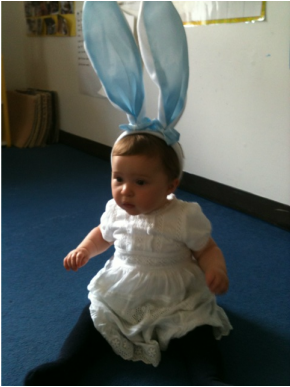Peace and Service

Our Meeting has been following closely the events of the summer of 2020, especially the protests surrounding the death of Blacks at the hands of the police. We hope that this will be an era of significant progress on racial justice and equality. As a collective, we are working on an effort to participate in New York's conversation between the police and the community.
The main collective service our Meeting has undertaken in the recent past has been prison work. Several of our members visited Otisville Prison and Sing Sing Prison on a regular basis for many years.
*****
Excerpt from a 1661 letter to Charles II of England:
"Declaration [by] the harmless and innocent people of God called Quakers..."
Arguably among the most revolutionary and daring public statements ever made to a supreme monarch, the so-called Peace Testimony was actually motivated by a desire to preempt charges of treason. Yet even as Friends anxiously assured their king that they were his loyal subjects who would never take arms against him, they also told him rather directly that they wouldn't fight for him either. The unconditional "...neither for the kingdom of Christ, nor for the kingdoms of this world." clearly included him.
As a primary expression of Quaker faith, the Peace Testimony has been gaining in clarity and influence as each generation struggles with its implications and applications. In the nearly 400 years since Charles II read it, passive rejection of "fighting with outward weapons" has metamorphosed into active "waging of peace". The primary justification to renounce war (i.e. as inconsistent with the true following of Christ) was made more powerful by Friend's belief that the divine seed exists in every one and by their recognition of the sacredness of life.*
Today, Quakers are hardly the sole (or even the most prominent) peace-seekers in the world. There are organizations, institutions and legal instruments for conscientious objection and alternative service, international aid, affirmations for peace and reconciliation, arbitration as alternatives to conflict, and searching for ways to address conditions in the world and in our personal lives that feed and motivate conflict. But because the Peace Testimony is so central to our beliefs, the Quaker presence among these entities remains far stronger than our relative numbers should lead one to expect.
At the Monthly Meeting level, Peace and Service Committee is Chappaqua's opportunity to witness the Peace testimony, our practical expression of a spiritual conviction. The Committee coordinates activities with the greater Society of Friends and with non-Quaker peace organizations; it alerts the Monthly Meeting to current peace concerns and events and brings peace-related news from AFSC, FCNL and others; it may even initiate peace activities on behalf of Chappaqua Monthly Meeting independent of the larger Society of Friends.
The main collective service our Meeting has undertaken in the recent past has been prison work. Several of our members visited Otisville Prison and Sing Sing Prison on a regular basis for many years.
*****
Excerpt from a 1661 letter to Charles II of England:
- "That the Spirit of Christ, by which we are guided, is not changeable, so as once to command us from a thing as evil and again to move us into it; and we certainly know and so testify to the world, that the Spirit of Christ, which leads us unto all Truth, will never move us to fight and war against any man with outward weapons, neither for the kingdom of Christ, nor for the kingdoms of this world."
"Declaration [by] the harmless and innocent people of God called Quakers..."
Arguably among the most revolutionary and daring public statements ever made to a supreme monarch, the so-called Peace Testimony was actually motivated by a desire to preempt charges of treason. Yet even as Friends anxiously assured their king that they were his loyal subjects who would never take arms against him, they also told him rather directly that they wouldn't fight for him either. The unconditional "...neither for the kingdom of Christ, nor for the kingdoms of this world." clearly included him.
As a primary expression of Quaker faith, the Peace Testimony has been gaining in clarity and influence as each generation struggles with its implications and applications. In the nearly 400 years since Charles II read it, passive rejection of "fighting with outward weapons" has metamorphosed into active "waging of peace". The primary justification to renounce war (i.e. as inconsistent with the true following of Christ) was made more powerful by Friend's belief that the divine seed exists in every one and by their recognition of the sacredness of life.*
Today, Quakers are hardly the sole (or even the most prominent) peace-seekers in the world. There are organizations, institutions and legal instruments for conscientious objection and alternative service, international aid, affirmations for peace and reconciliation, arbitration as alternatives to conflict, and searching for ways to address conditions in the world and in our personal lives that feed and motivate conflict. But because the Peace Testimony is so central to our beliefs, the Quaker presence among these entities remains far stronger than our relative numbers should lead one to expect.
At the Monthly Meeting level, Peace and Service Committee is Chappaqua's opportunity to witness the Peace testimony, our practical expression of a spiritual conviction. The Committee coordinates activities with the greater Society of Friends and with non-Quaker peace organizations; it alerts the Monthly Meeting to current peace concerns and events and brings peace-related news from AFSC, FCNL and others; it may even initiate peace activities on behalf of Chappaqua Monthly Meeting independent of the larger Society of Friends.